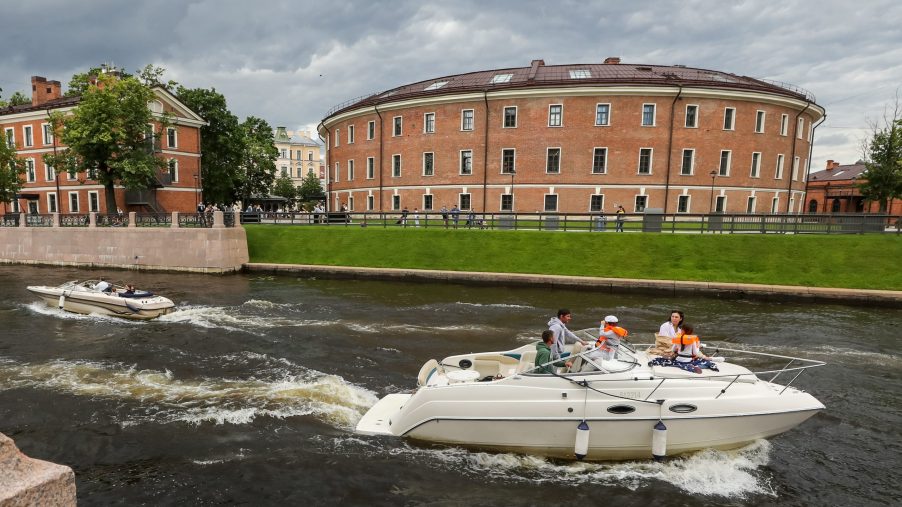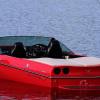
Fueling up a Boat Is Much Different Than a Car
Boats have evolved so much. There are now boats for everything, and everyone wants one for themselves. That’s understandable because boats signify freedom, and most of us love being in the open water. You need the best boating accessories and the right fuel for a great boating experience.
Fueling a boat is something that most do like second nature. However, you must follow fueling rules to ensure boat and people safety while fueling. That’s because, unlike cars, boats are more dangerous and can react explosively when fueled incorrectly. Not to mention the fact that oil spills in water bodies are illegal.
Extra caution is necessary when fueling a boat. Proper boat fueling is part of good boat launch etiquette that every responsible sailor should embrace.
Is fueling a boat dangerous?
There are a few things that are as dangerous and deadly as improper fueling of a boat, especially with gasoline. Vapor from just a cup of gasoline has an explosive power of five pounds of dynamite and can burn at 15,000 degrees Fahrenheit. This heat can melt and burn a boat to the waterline in a matter of minutes.
Some common boat engine problems can be dangerous when fueling. Make sure you check your engine and ensure it is safe before fueling.
Watercraft tanks are vented which can cause water to enter the tank, messing with the oil and leading to pressure buildup which can cause explosions. Cars have sealed tanks that prevent this from happening. They are also filled up more frequently so it’s easier to detect any problems.
Compared to cars, boats store gas for longer periods and have more chances of interference with the water, which is why you need to be extra cautious when filling up a tank. Keeping your boat motor in good condition means keeping water away from the fuel tank.
Proper fueling procedure
Following the proper procedure when fueling your boat can help avoid explosions and fuel spillage. The first precaution is to ensure everyone is ashore. Tell your crew and staff to get out and stretch their legs when fueling up. This reduces the chances of potential injury and dangerous behaviors.
It is also important to close the hatches. Make sure you close all doors, hatches, and ports before fueling. Doing this prevents the gas fumes from outside from sinking into the boat interior. Outside gas fumes are heavier than air and could sink into the lower parts of a boat and can cause combustion in case of a tiny spark or a rush of fresh air.
Besides undertaking these safety measures, ensure you turn off all engines, electronics, and all flames and smoking materials are extinguished. Shutting down every machine that has the potential to cause fire is important in the safe boat refueling process.
Using quality fuel and checking fuel leaks
Only use the proper type of fuel for your boat; do not mix different types of fuel. Also, determine the quantity of fuel needed. This is especially important since gas dock fill handles don’t have trigger catches to keep them open. You need to control the handle yourself or ask for help.
No static
According to BoatUS Foundation, static electricity can cause fire during boat fueling sessions. Make and maintain firm metal-to-metal contact between the nozzle and the fuel deck pipe. Hold the nozzle firmly against the pipe opening to prevent sparks created by static electricity.
When fueling, do not overfill because gas expands once in the tank. Don’t overfill the tank since this could cause an explosion once the gas starts expanding and meets with a spark. Wipe all the spillages immediately after they occur.
Don’t ignore suspicious smells
Once done fueling, open the hatches and sniff for gas fumes in the engine compartment and the bilge. If you don’t smell any fuel, run the blower for about four minutes before starting the engine. This should blow out any fumes and ensure the air is free from flammable gases before ignition.
Fueling up a boat can be expensive but these boat fuel conservation tips from Boater Exam can help you reduce the environmental impact of gasoline and help you get better mileage.
Well, fueling a boat isn’t that safe
You must follow the correct fueling techniques to prevent accidents from occurring and keep the water clean and safe for marine life to thrive in a healthy environment. Make sure you always follow these procedures when fueling your boat for the safety of the people and the environment.


